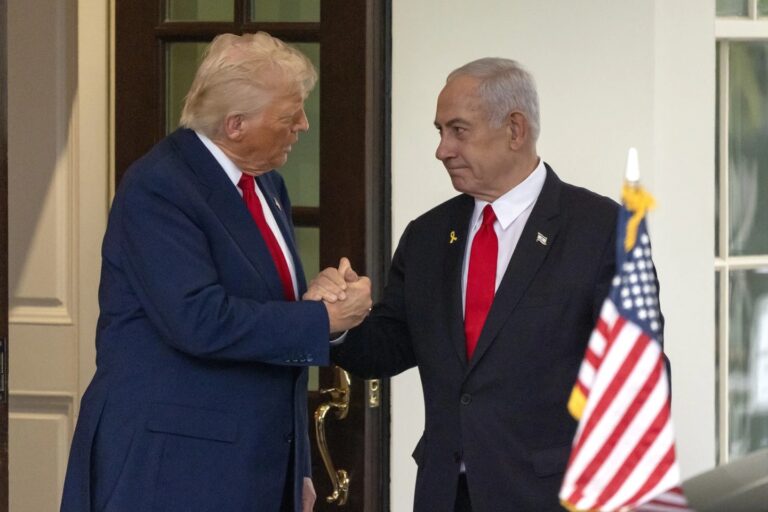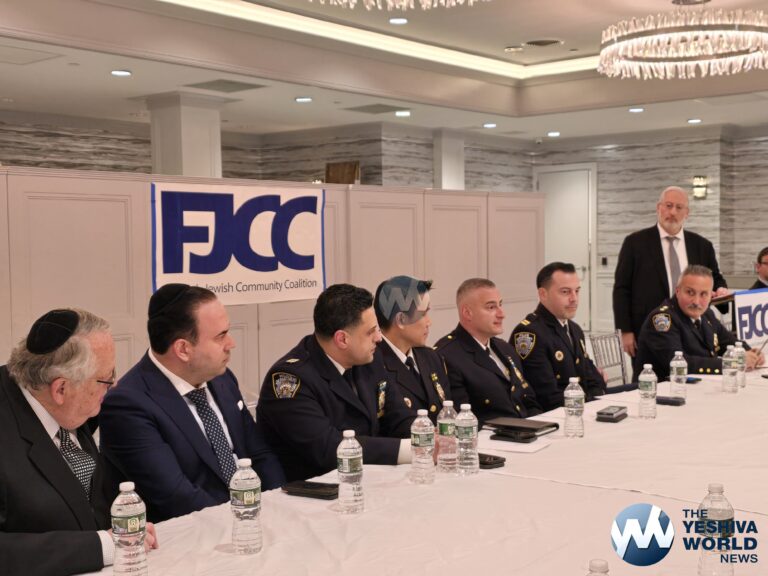A rocket ship built by Elon Musk’s SpaceX company thundered away from Earth with two Americans on Saturday, ushering in a new era in commercial space travel and putting the United States back in the business of launching astronauts into orbit from U.S. soil for the first time in nearly a decade.
NASA’s Doug Hurley and Bob Behnken rode skyward aboard a white-and-black, bullet-shaped Dragon capsule on top of a Falcon 9 rocket, lifting off at 3:22 p.m. from the same launch pad used to send Apollo crews to the moon a half-century ago. Minutes later, they slipped safely into orbit.
“Let’s light this candle,” Hurley said just before ignition, borrowing the words used by Alan Shepard on America’s first human spaceflight, in 1961.
The two men are scheduled to arrive Sunday at the International Space Station, 250 miles above Earth, to join three crew members already there. After a stay of up to four months, they will come home with a Right Stuff-style splashdown at sea, something the world hasn’t witnessed since the 1970s.
The mission unfolded amid the gloom of the coronavirus outbreak, which has killed over 100,000 Americans, and racial unrest across the U.S. over the death of George Floyd, a handcuffed black man, at the hands of Minneapolis police.
NASA officials and others held out hope the flight would would lift American spirits and show the world what the U.S. can do.
“We are back in the game. It’s very satisfying,” Doug Marshburn, of Deltona, Florida, who shouted, “USA! USA!” as he watched the 260-foot rocket climb skyward.
President Donald Trump, who came to Florida to watch, proclaimed: “Today we once again proudly launch American astronauts on American rockets, the best in the world, from right here on American soil.” He vowed the U.S. will be first nation to land on Mars., promising a “future of American dominance in space.”
With the liftoff, SpaceX became the first private company to launch people into orbit, a feat achieved previously by only three governments: the U.S., Russia and China.
The flight also ended a nine-year launch drought for NASA. Ever since it retired the space shuttle in 2011, NASA has relied on Russian spaceships launched from Kazakhstan to take U.S. astronauts to and from the space station.
In the intervening years, NASA outsourced the job of designing and building its next generation of spaceships to SpaceX and Boeing, awarding them $7 billion in contracts in a public-private partnership aimed at driving down costs and spurring innovation. Boeing’s spaceship, the Starliner capsule, is not expected to fly astronauts until early 2021.
NASA plans to rely in part on commercial partners as it pursues it next goals: sending astronauts back to the moon in the next few years, and on to Mars in the 2030s.
Musk, the visionary also behind the Tesla electric car company, issued a statement in which he called the launch “a dream come true.”
At a rally held a short time later at NASA’s massive 525-foot-high Vehicle Assembly Building, Trump and Vice President Mike Pence commended Musk.
Pence added that as the nation deals with the coronavirus and racial strife, “I believe with all my heart that millions of Americans today will find the same inspiration and unity of purpose that we found in those days in the 1960s” during Apollo.
The first attempt to launch the rocket, on Wednesday, was called off with less than 17 minutes to go in the countdown because of lightning. On Saturday, stormy weather threatened another postponement for most of the day, but the skies began to clear just in the time.
The astronauts set out for the launch pad in a gull-wing Tesla SUV after Behnken pantomimed a hug of his 6-year-old son, Theo, and said: “Are you going to listen to Mommy and make her life easy?” Hurley blew kisses to his 10-year-old son and wife.
Nine minutes after liftoff, the rocket’s first-stage booster landed, as designed, on a barge a few hundred miles off the Florida coast, to be reused on another flight.
“Thanks for the great ride to space,” Hurley told SpaceX ground control. His crewmate batted around a sparkly purplish toy, demonstrating that they had reached zero gravity.
SpaceX controllers at Hawthorne, California, cheered and applauded wildly, and NASA Administrator Jim Bridenstine declared: “This is everything that America has to offer in its purest form.”
Attendance inside Kennedy Space Center was strictly limited because of the coronavirus, and the crowd amounted to only a few thousand. By NASA’s count, over 3 million viewers tuned in online.
Despite NASA’s insistence that the public stay safe by staying home, large numbers of spectators gathered along beaches and roads, some of them not wearing masks and keeping 6 feet from others.
Among the spectators was Neil Wight, a machinist from Buffalo, New York.
“With everything that’s going on in this country right now, it’s important that we do things extraordinary in life,” he said. “We’ve been bombarded with doom and gloom for the last six, eight weeks, whatever it is, and this is awesome. It brings a lot of people together.”
Hurley, a 53-year-old retired Marine, and Behnken, 49, an Air Force colonel, are veterans of two space shuttle flights each. Hurley piloted the shuttle on the last launch of astronauts from Kennedy, on July 8, 2011.
Because of the coronavirus, the astronauts were kept in quasi-quarantine for more than two months. The SpaceX technicians who helped them get into their spacesuits wore masks and gloves that made them look like black-clad ninjas. And at the launch center, the SpaceX controllers wore masks and were seated far apart.
In keeping with Musk’s penchant for futuristic flash, the astronauts wore angular white uniforms with black trim. Instead of the usual multitude of dials, knobs and switches, the Dragon capsule has three large touchscreens.
SpaceX has been launching cargo capsules to the space station since 2012. In preparation for Saturday’s flight, SpaceX sent up a Dragon capsule with only a test dummy aboard last year, and it docked smoothly at the orbiting outpost on autopilot, then returned to Earth in a splashdown.
Under the new, 21st-century corporate-public model, aerospace companies design, build, own and operate spaceships, and NASA is essentially a paying customer on a list that could eventually include non-government researchers, artists and tourists. (Tom Cruise has already expressed interest.)
Saturday’s mission is technically considered a test flight. The next SpaceX voyage to the space station, set for the end of August, will have a full, four-person crew: three Americans and one Japanese.
The first flight was originally targeted for around 2015. But the project encountered bureaucratic delays and technical setbacks. A SpaceX capsule exploded on the test stand last year. Boeing’s first Starliner capsule ended up in the wrong orbit and was nearly destroyed during a test flight in December.
For SpaceX — and the future of public-corporate space exploration — the stakes were extraordinarily high, and Musk said he would take responsibility if anything went wrong. Just before liftoff, SpaceX President Gwynne Shotwell said she was “super nervous — stomach in throat.”
(AP)












One Response
Finally. After Obama the Dem Communist shut down the space program.